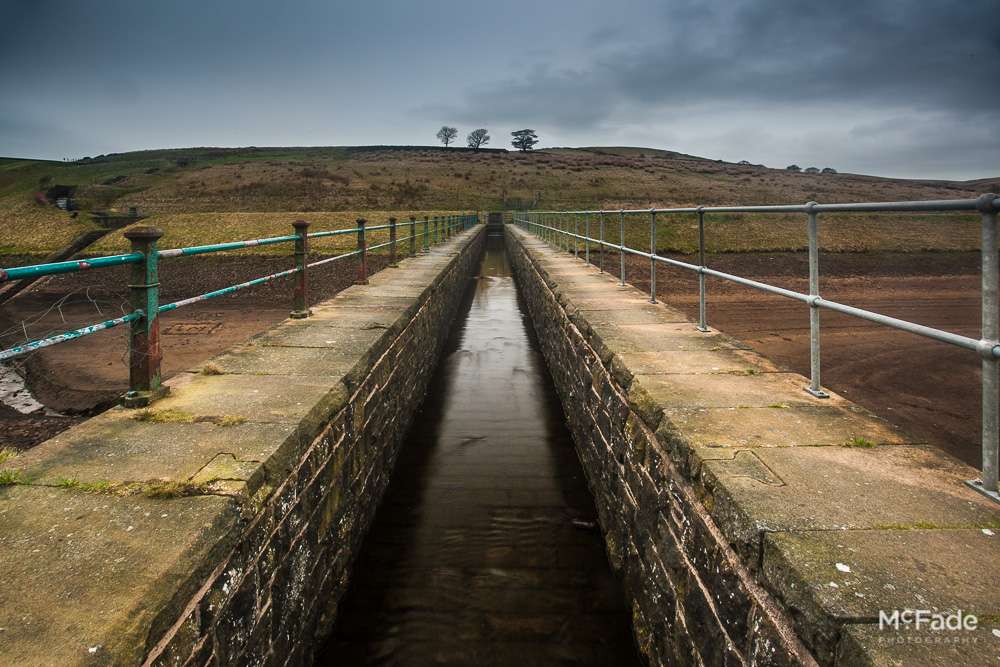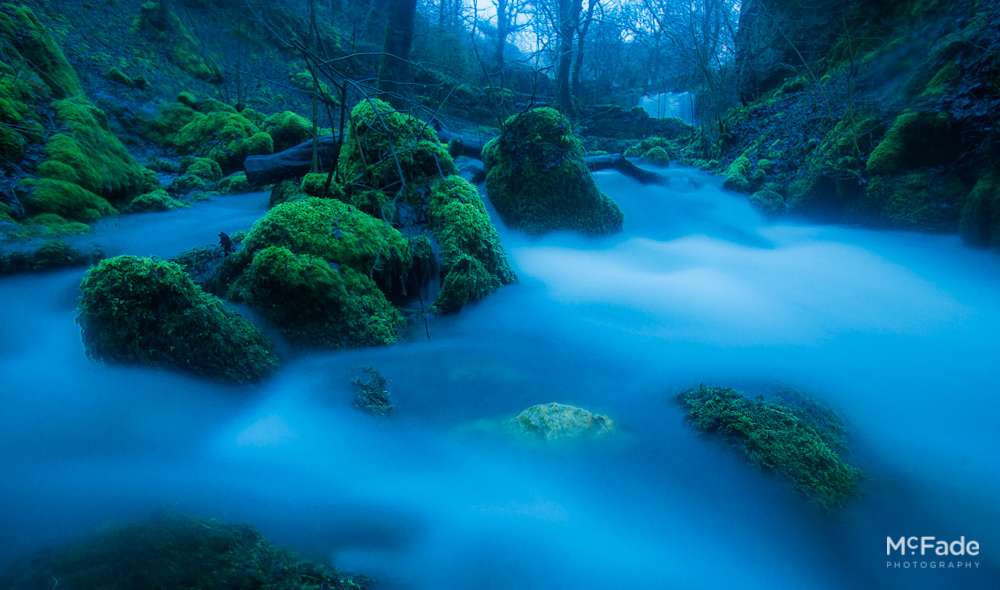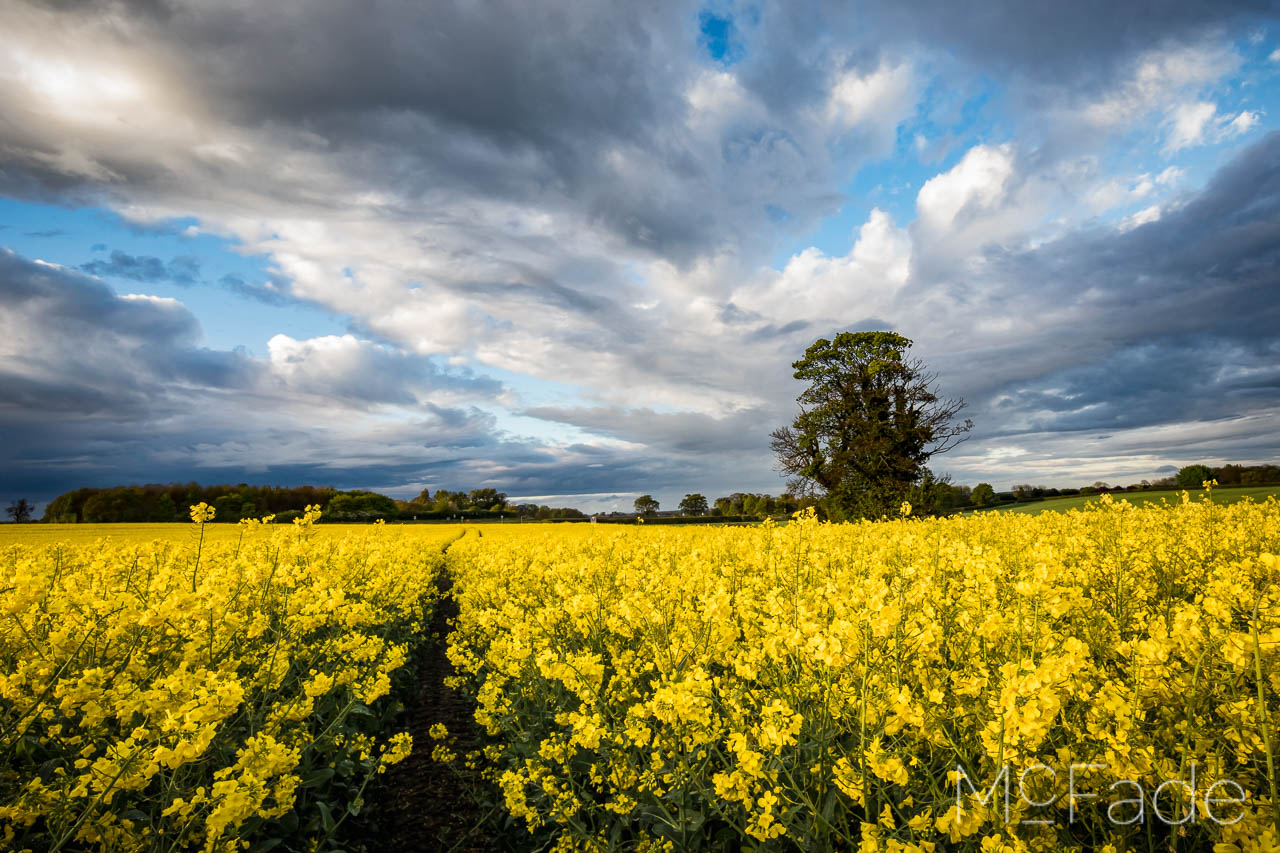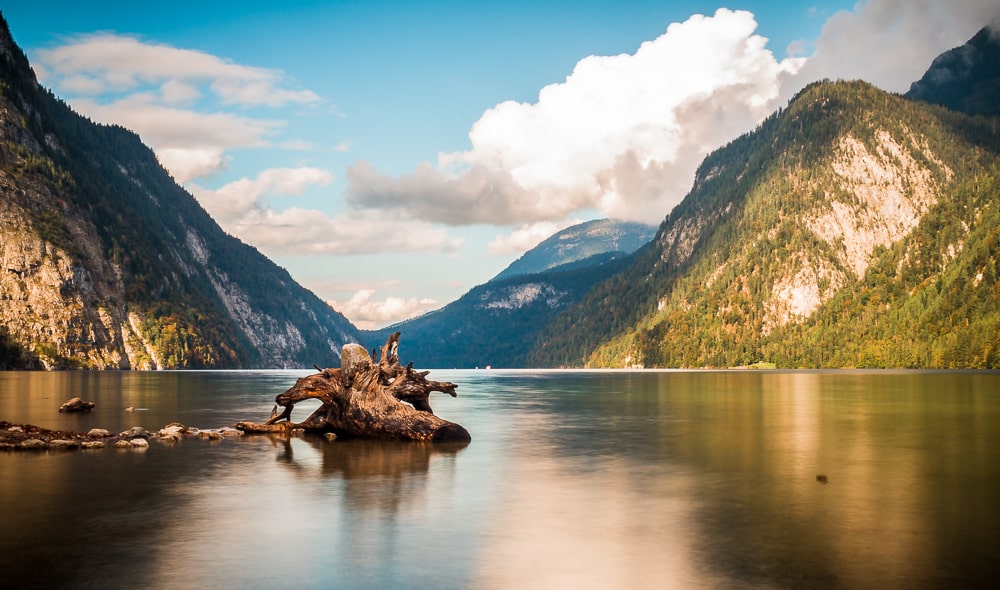The Lead Line – A powerful friend for your compositions
When you start getting interested in photography and look to improve, there are a few “rules” which help – things like the Rule Of Thirds or ensuring you’ve got a Single Focal Point/Subject in shot are very useful. These basic guidelines can make a significant difference in the quality of your photographs. The Rule of Thirds, for instance, helps you create balanced and engaging photos by dividing the image into a 3×3 grid and placing important elements along these lines or their intersections. A single focal point or subject, on the other hand, ensures that your viewer’s attention is drawn to the main element of your composition, creating a clear and compelling image. These rules form the foundation for more advanced techniques and help you understand the visual language of photography.
The rule I like best is “leading lines” – these are what they say on the tin really, lines that lead the viewer through the shot. They’re like “pointers” which we use to guide our viewers across the image. They can be subtle, like the imagined line of a couple looking into each other’s eyes, or as blatant as a fence down one side of the photo. Leading lines can be found everywhere in our surroundings: roads, rivers, fences, shadows, or even the edges of buildings. They help to create depth and perspective, drawing the viewer’s eye through the photo and towards the main subject. By mastering the use of leading lines, you can make your images more dynamic and engaging, guiding the viewer on a visual journey.
Let’s have a look at a few shots where lines have been used effectively….
Leeds Museum – Using street lines for leads
This is Leeds Museum, a fantastic building itself, but the photo has more to it, the building only takes up 1/3 of the shot. The main feature is really those yellow lines, leading the eye from the bottom left to the building – but there are also a lot of bollards also pointing us towards the building. Two sets of lines for the price of one! The use of these lines not only directs attention to the museum but also creates a sense of movement and flow within the photograph. Additionally, the contrast between the bright yellow lines and the surrounding environment makes the lines stand out even more, enhancing their guiding effect.
Also, there’s a kind of zig-zag going on here – the line of the roof, the line of the bollard, and the yellow lines all interact to take you from side to side in the shot. This interplay of lines adds complexity to the image, making it more visually interesting and engaging. The zig-zag pattern helps to create a rhythm within the composition, guiding the viewer’s eye in a playful and dynamic manner. By incorporating multiple types of lines and directions, the photographer has created a rich visual tapestry that keeps the viewer’s attention and encourages them to explore the image further.
Leeds Town Hall
In this shot of Leeds Town Hall, we have some lines, but these are not really pointing us at the town hall – rather taking us up from bottom to top. So lines don’t always have to point to the main subject of the shot – they can just add a little extra to the shot. The vertical lines in this photo draw the viewer’s eye upwards, enhancing the sense of height and grandeur of the town hall. This technique can be particularly useful when photographing tall structures or elements that you want to emphasize vertically. By using lines in this manner, you can create a sense of direction and movement, even if the lines don’t directly lead to the main subject.
Knightsway Bridge – Leeds
In this shot we have lots of lines – the road markings again, the kerb, the top of the roof of the building on the left and the rail line top right – all pointing in the same direction. Some call this a “crash point” – a point where lots of lines intersect. You can use these when photographing people, put them in the frame where the crash point occurs and see what happens – it’s pretty cool. This technique can create a strong focal point where all the lines converge, naturally drawing the viewer’s attention to that specific area. It’s an effective way to emphasize the subject placed at the intersection of these lines, making them the undeniable focus of the image.
The Road Arrow – Leeds Calls
This is a classic “perspective” shot, and again, you have a crash point where the lines all lead to. Don’t you just get drawn into the shot – you hardly notice the Royal Armouries on the left of the shot, the lines are so powerful. Perspective lines, like those created by a bridge or a road receding into the distance, can add a dramatic sense of depth to your photographs. By positioning these lines to converge towards a point, you can create a tunnel effect that pulls the viewer’s eye through the scene, enhancing the three-dimensional feel of the image. This technique is particularly effective in landscape and architectural photography, where you want to emphasize the scale and depth of the environment.
And finally, more street lines and an arrow all taking you from the left of the shot across to the action on the right of the image – the buildings themselves are interesting enough to hold a shot, but a bit of visual guidance from the lines adds a bit extra to the shot… or is it just me who likes those lines? The combination of directional lines and arrows can create a strong sense of movement and direction within your composition. This can be particularly useful in street photography or urban scenes, where you want to guide the viewer’s eye through a busy environment. By using these elements strategically, you can highlight specific details and create a more engaging narrative within your photograph.
So next time you’re out with the camera, keep an eye out for lines you can use in your composition – let them lead the viewer’s eye through the shot in a way you intended. By being mindful of the lines in your environment and incorporating them into your compositions, you can create more compelling and visually striking photographs. Whether they’re natural lines like rivers and tree branches, or man-made lines like roads and buildings, using leading lines effectively can transform your images and make them stand out.

















